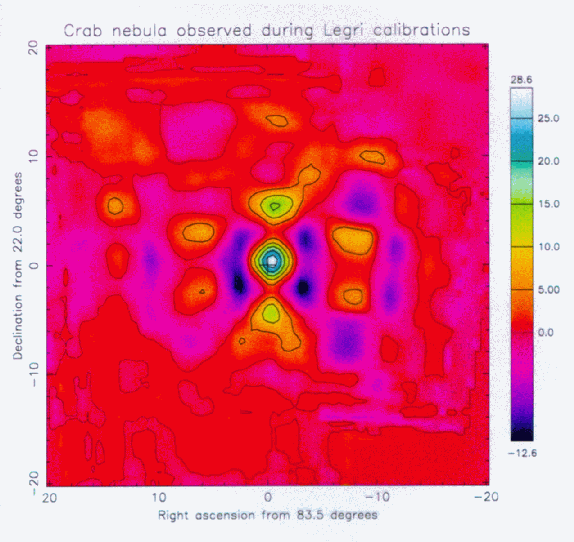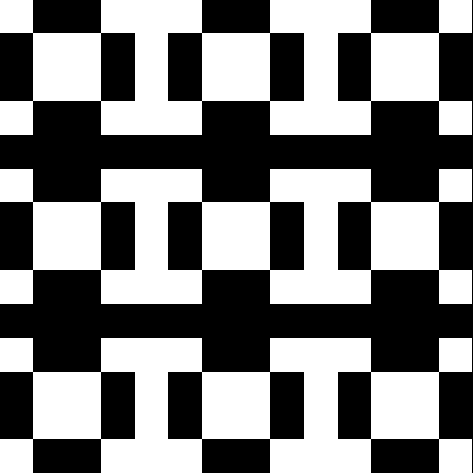

The 10-100 keV region contains unique, not fully explored, astrophysical information regarding nuclear excitation processes, radioactivity, cyclotron emission and absorption processes

LEGRI is a prototype of a gamma-ray telescope with high resolution imaging (20 arcmins source location capability), medium resolution spectroscopy (4 keV at 30 keV), and high continuum and broad line sensitivity in the 10-100 keV spectral region. The estimated continuum sensitivity of 10 mCrab at 30 keV allows performing continuous surveys of selected areas and deep measurements of specific fields.
The detector plane is a a mosaic of 10X10 HgI2 crystals and CZT elements, the crystals each 0.5 cm thick with an active area of 1 square cm. A coded aperture mask located 54 cm from the detector plane provides the high quality imaging capability. The main detector elements are shielded on the bottom and sides by a tbd box and above by a tantalum collimator and aluminium window.
The data supplied by LEGRI will allow the definition of the range of application of HgI2 detectors in astrophysics, based on the HgI2 semiconductor stability, radiation damage, and survival capability under space conditions. Furthermore, they will provide a good scientific output in the very interesting low energy gamma-ray/hard X-ray spectral regions.
LEGRI is a collaboration between the University of Valencia (Spain), University of Alicante (Spain), Centro de Investigaciones Energeticas, Medioambientales y Technologicas (CIEMAT, Spain), Instituto Nacional de Technica Aerospacial (INTA, Spain), University of Southampton (UK) , University of Birmingham (UK) and Rutherford Appleton Laboratory (UK). The PI of LEGRI is Dr. V. Reglero (reglero@evalvx.ific.uv.es).
The above info is an excerpt from the Instrument Definition Document (Version 2) (163 kB postscript), edited by V. Reglero (PI), and from a paper by Ballesteros et al., in Proceedings of a workshop on "Imaging in High_energy Astrophysics", Capri, September 1994 (preprint).
 Go to general Coded Aperture Imaging page
Go to general Coded Aperture Imaging page
December 4, 1997